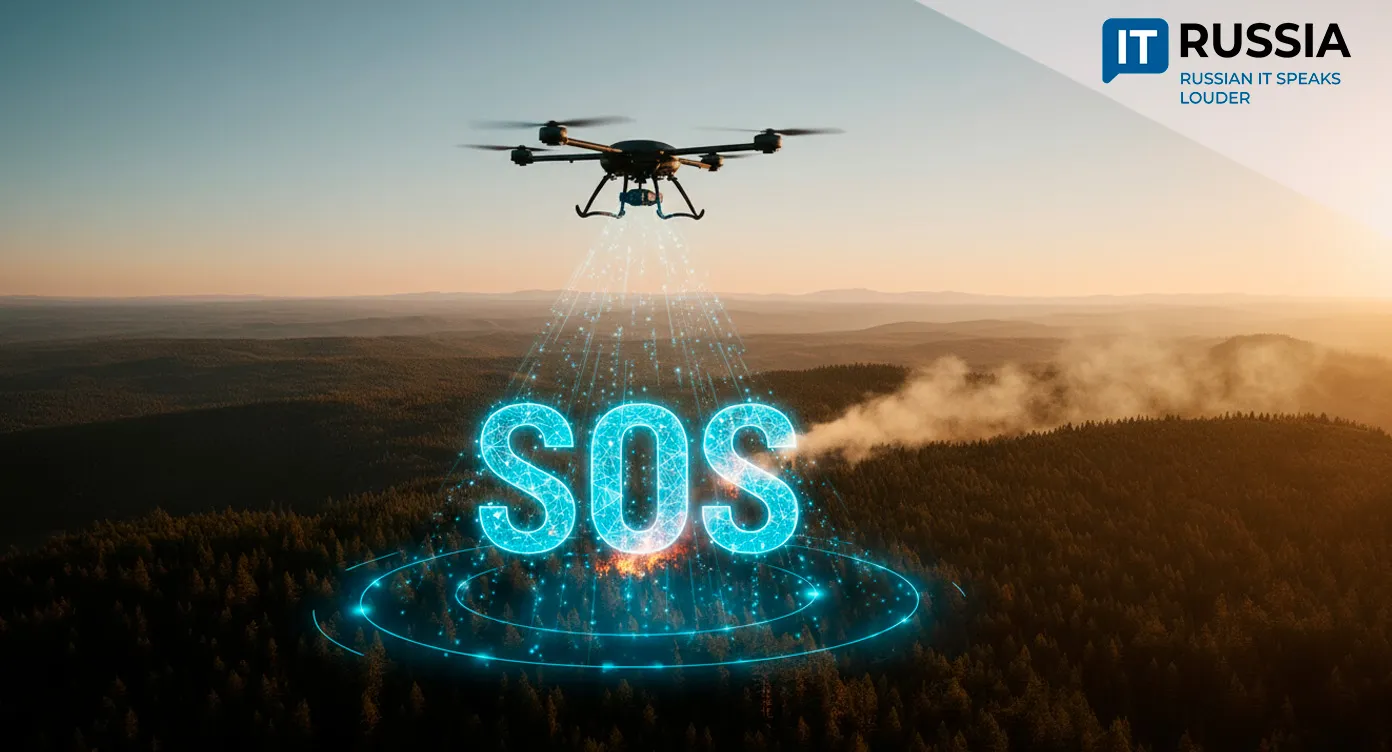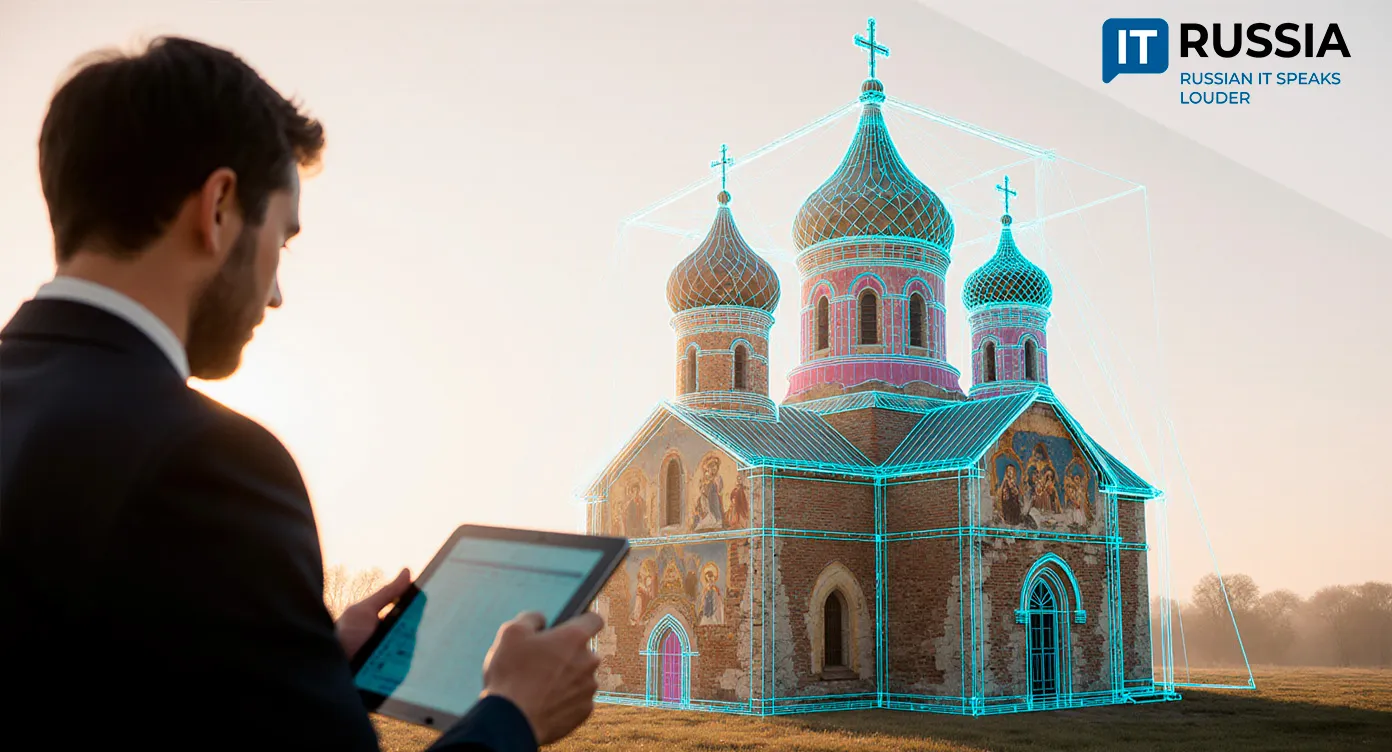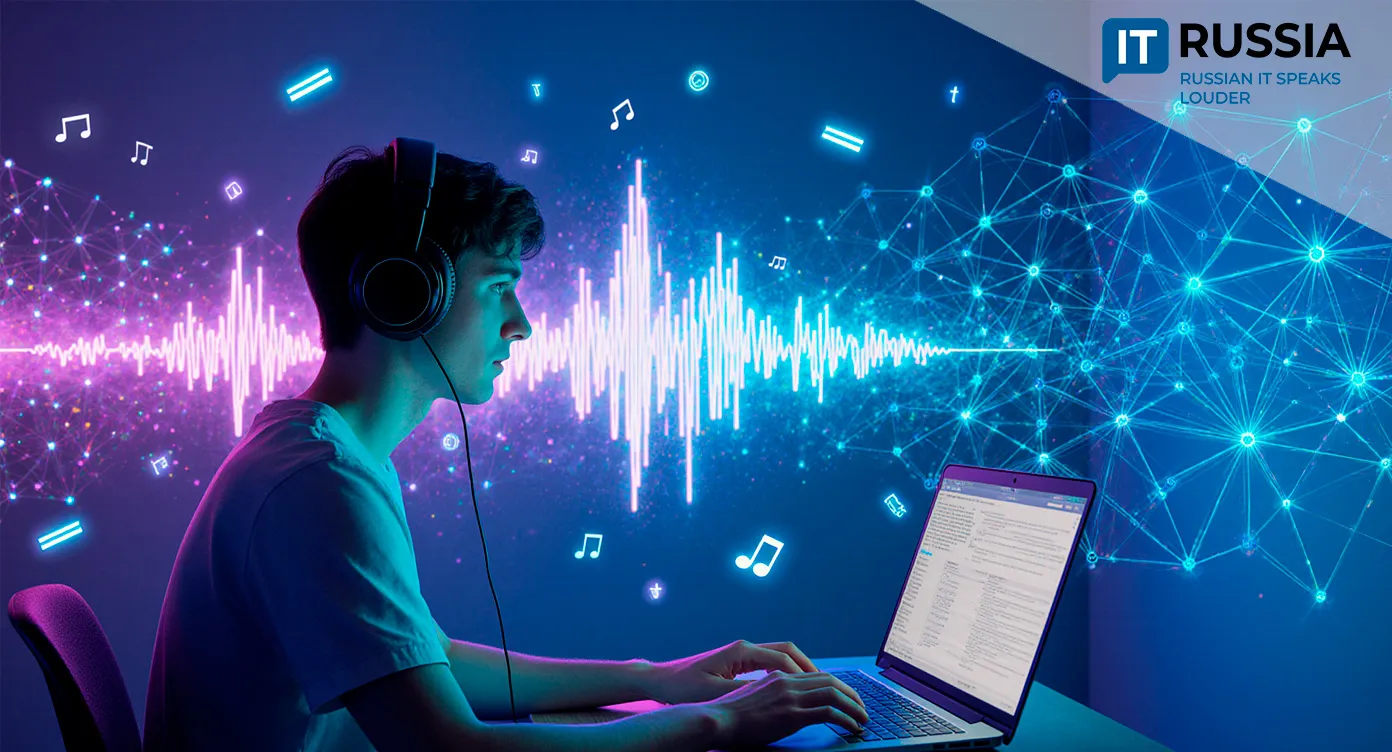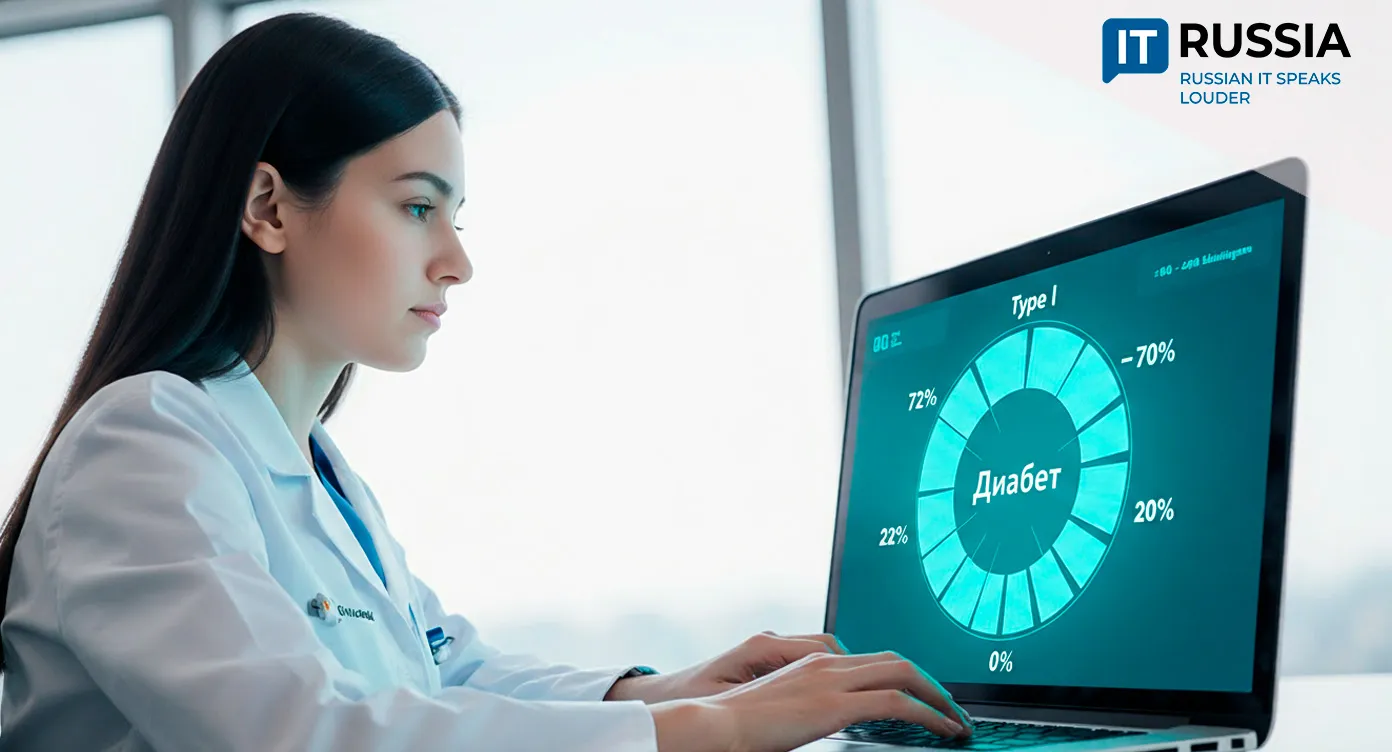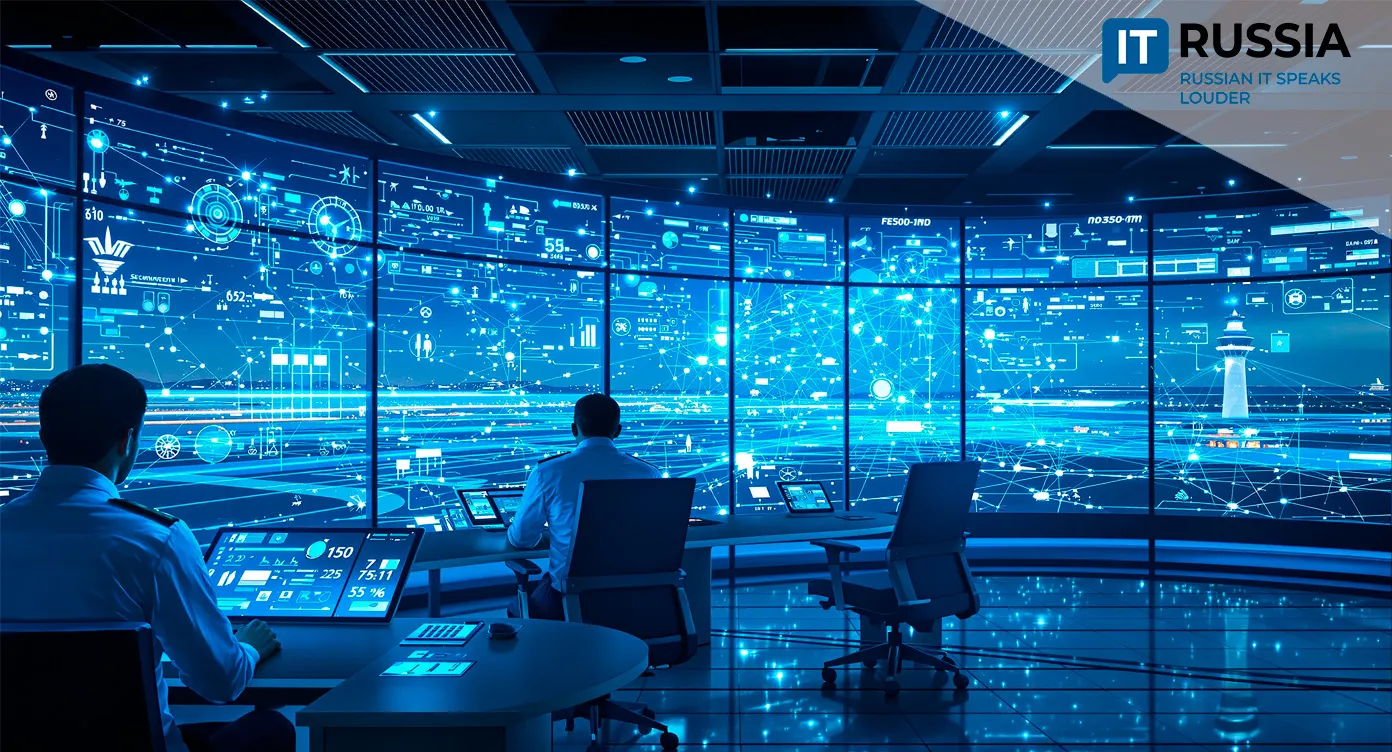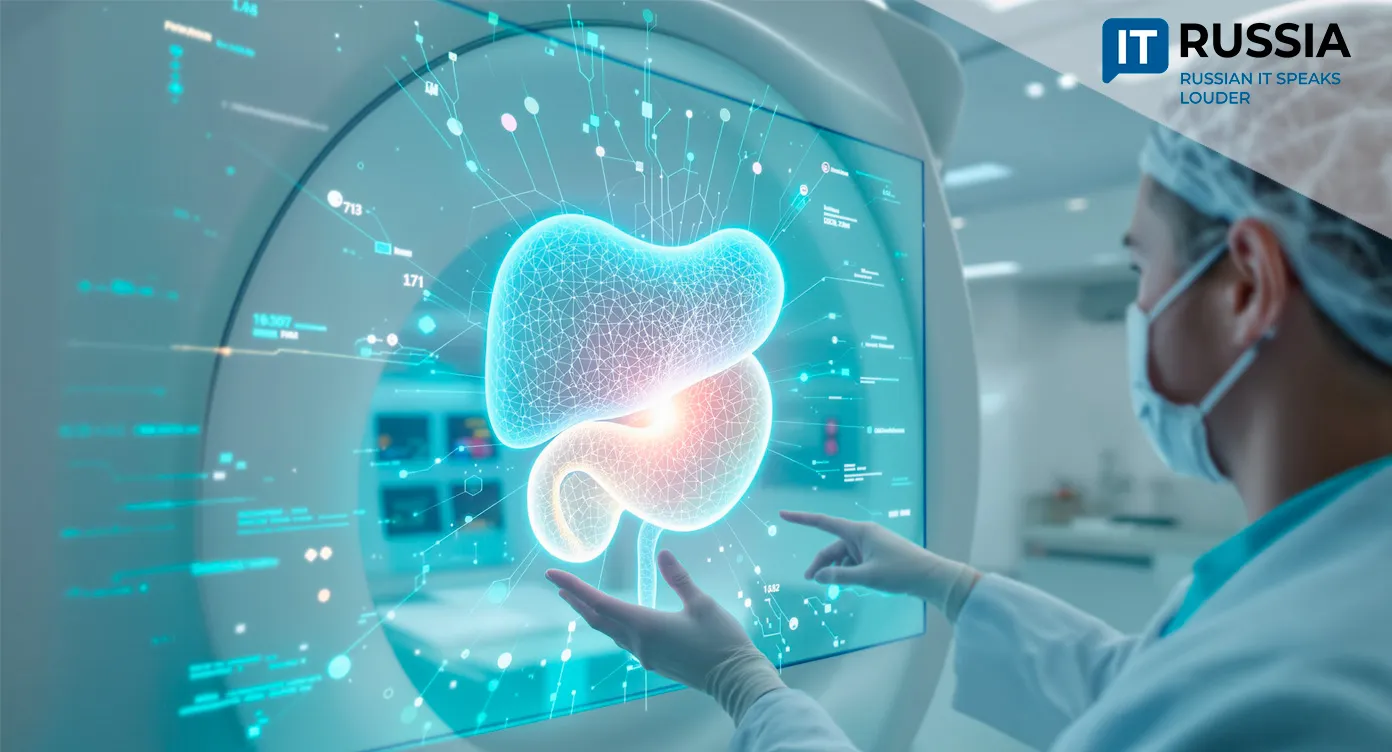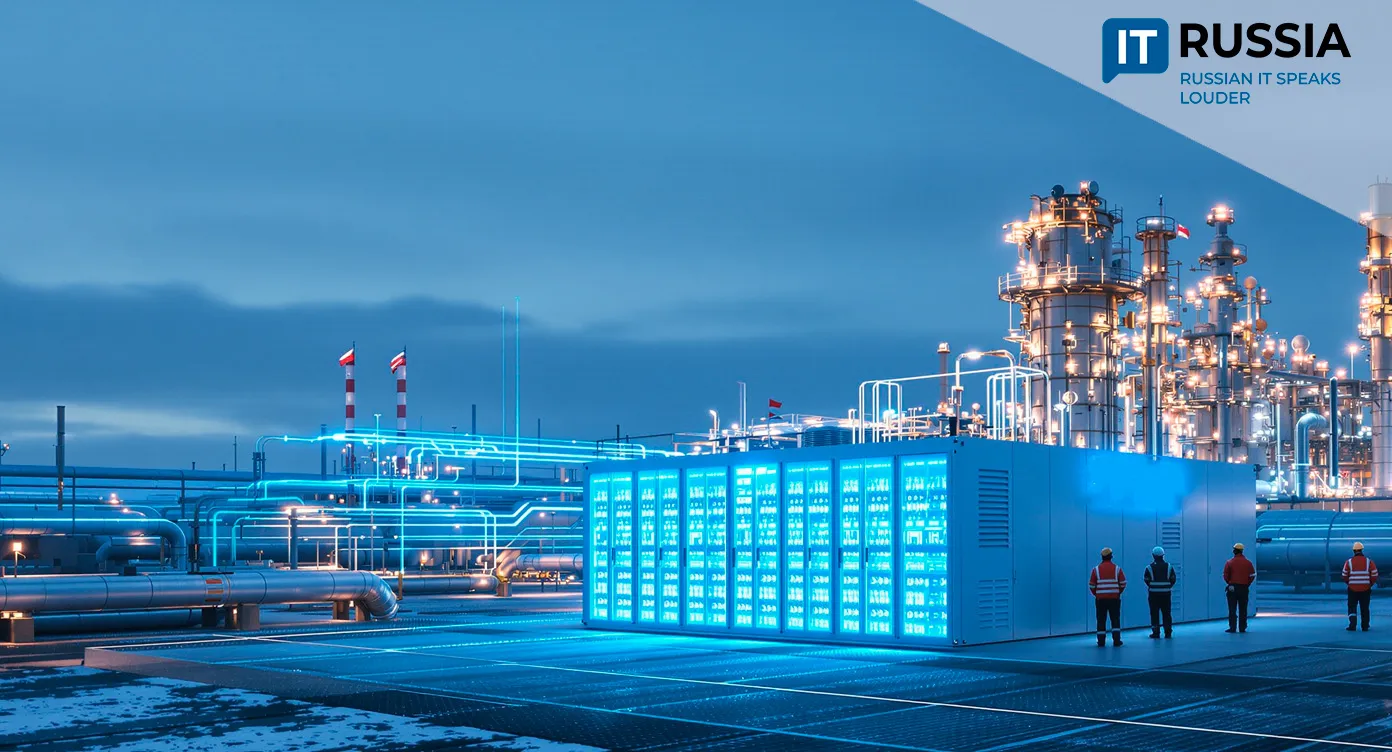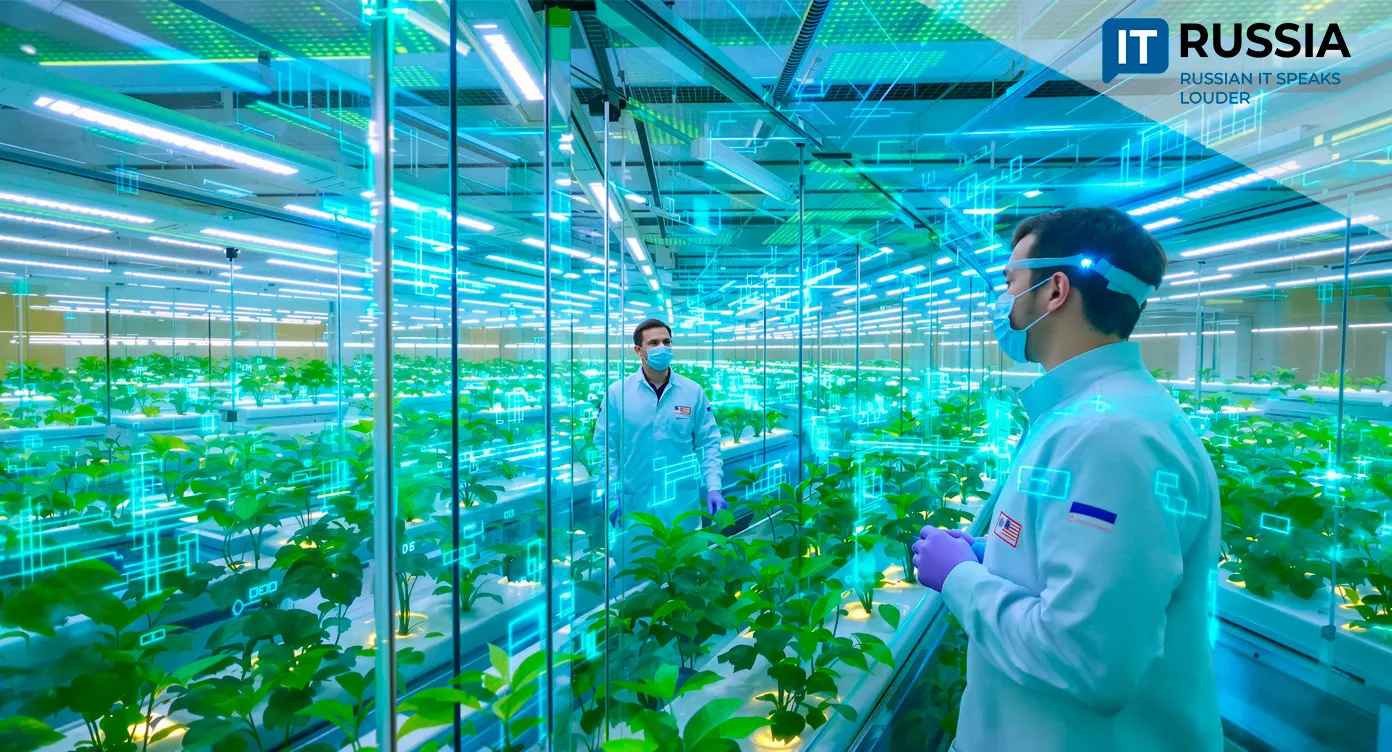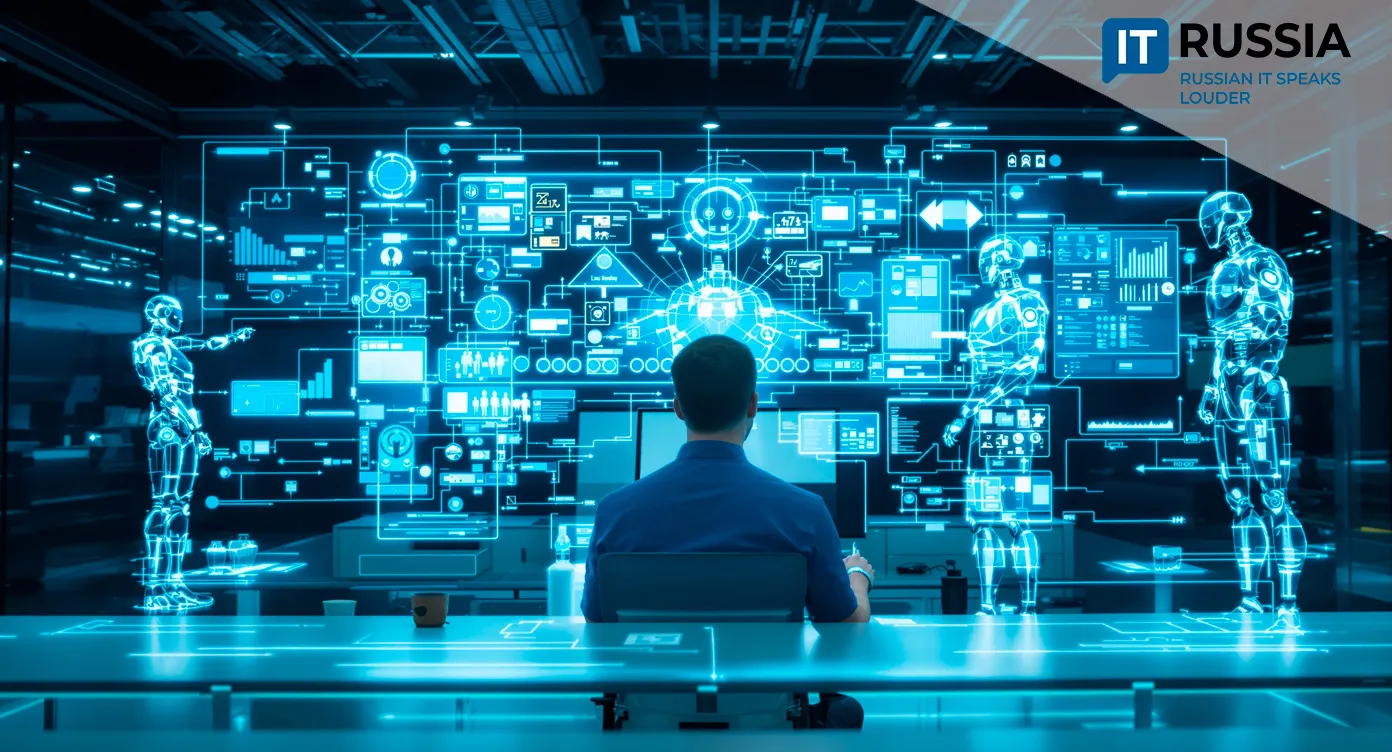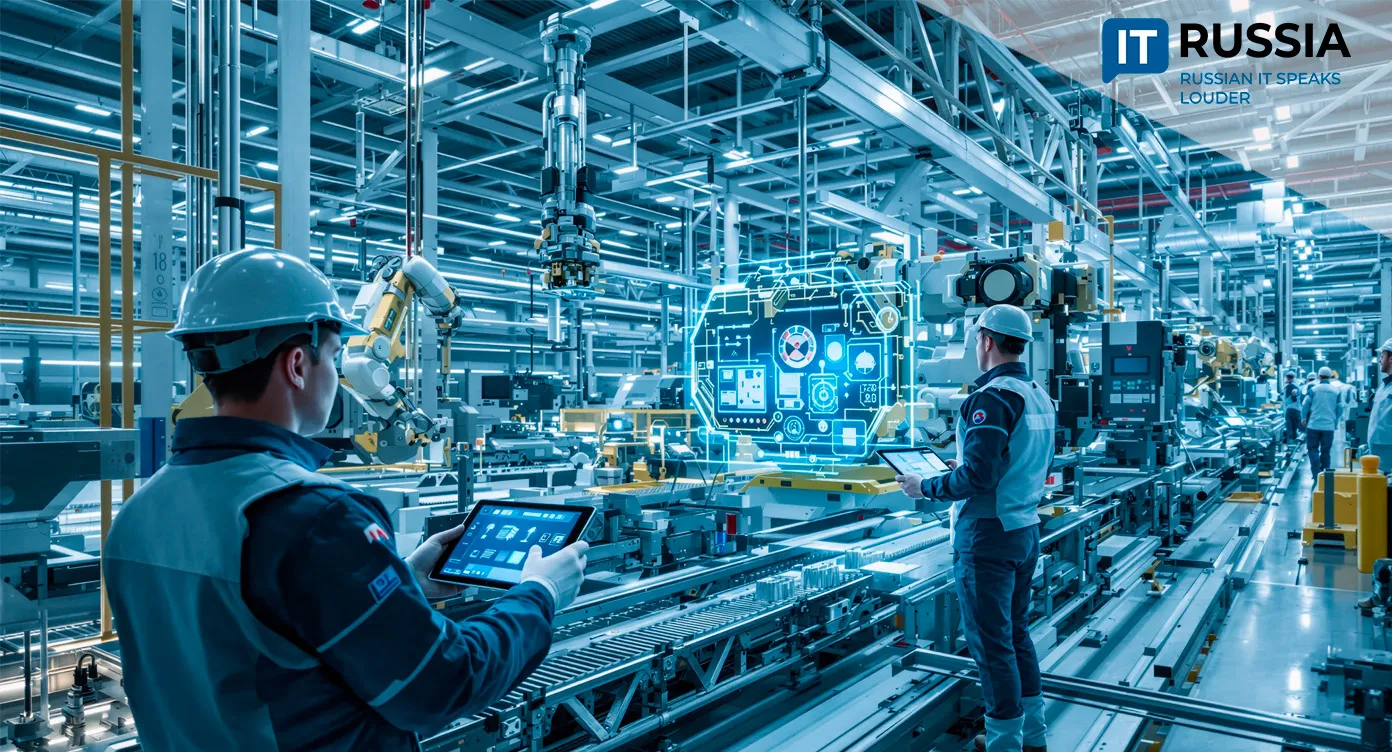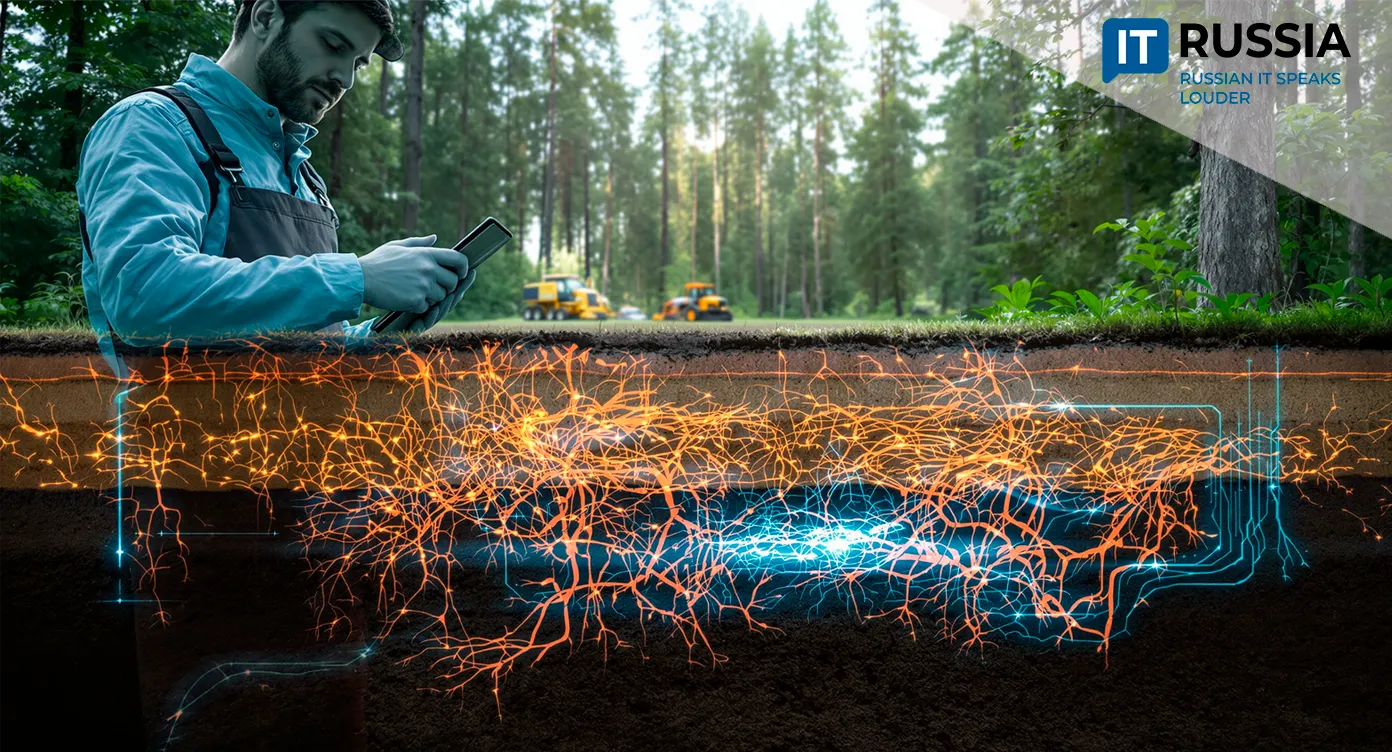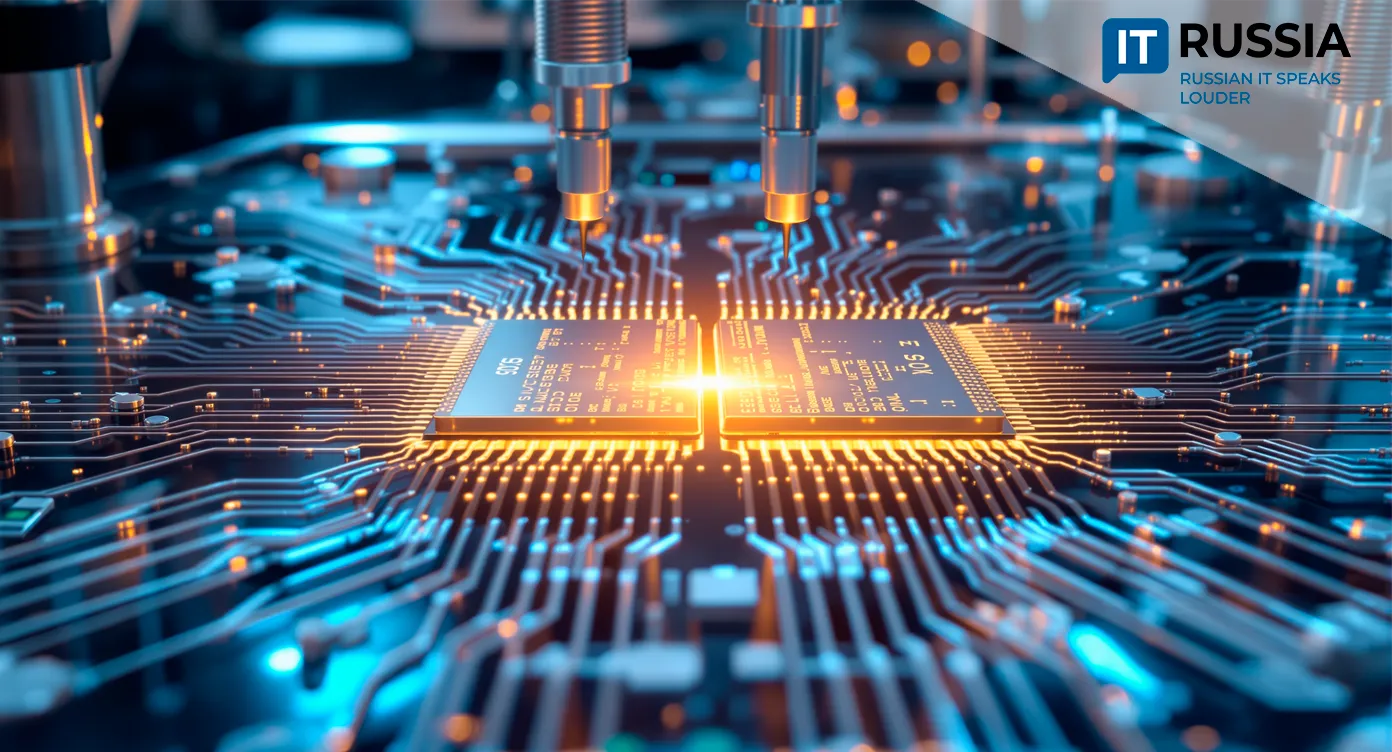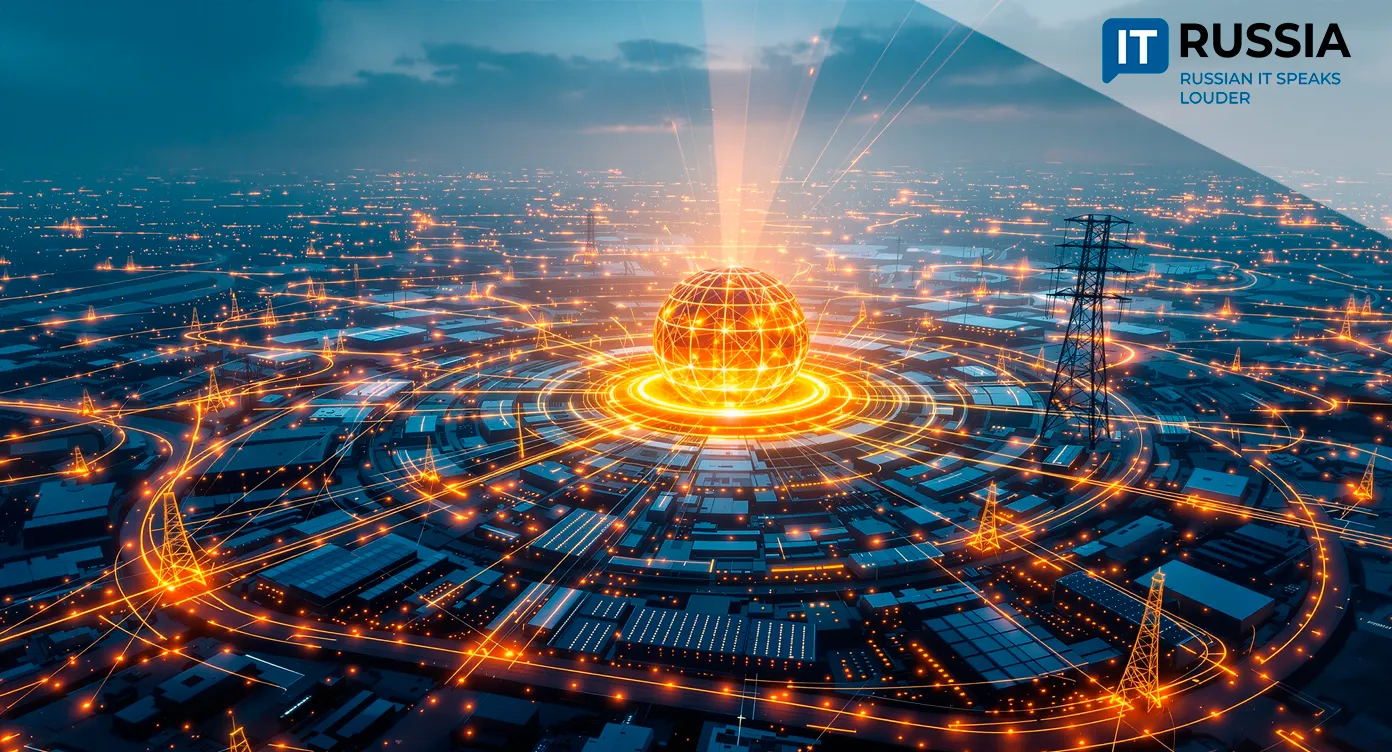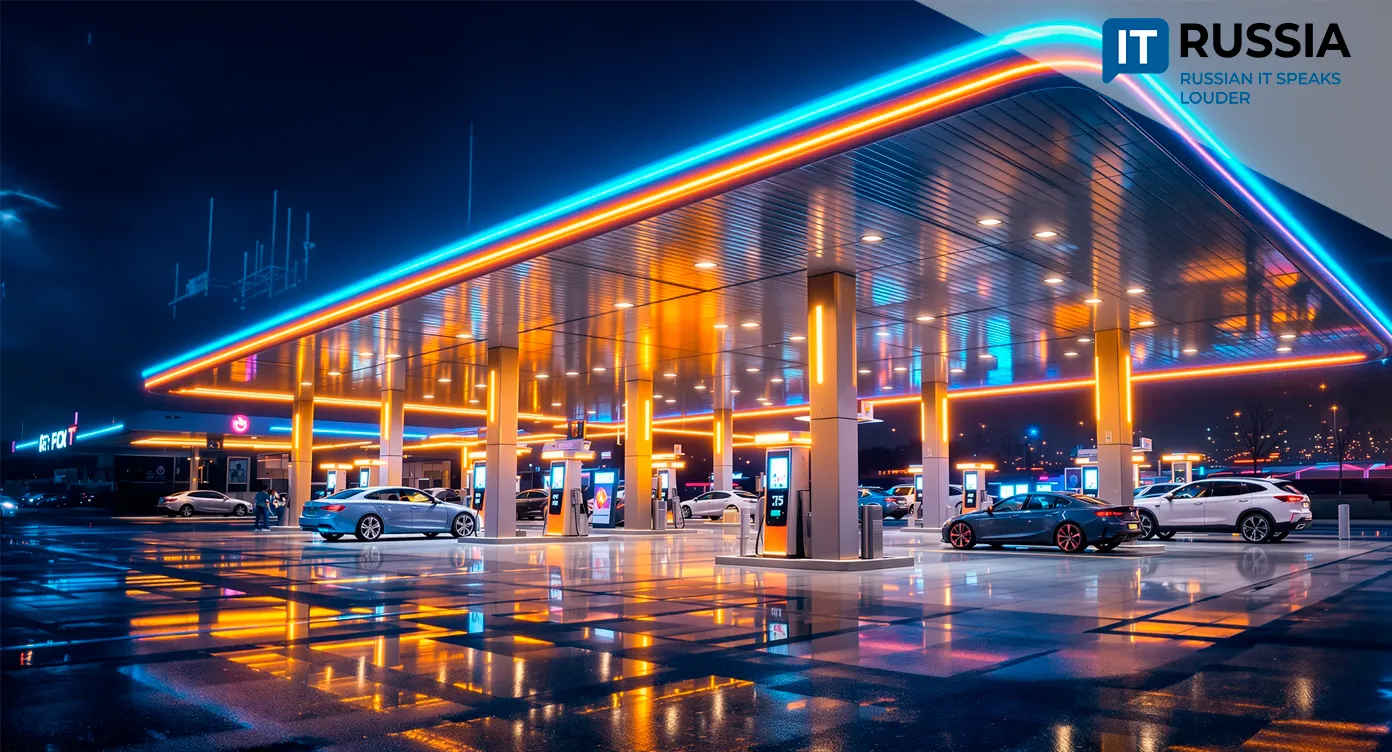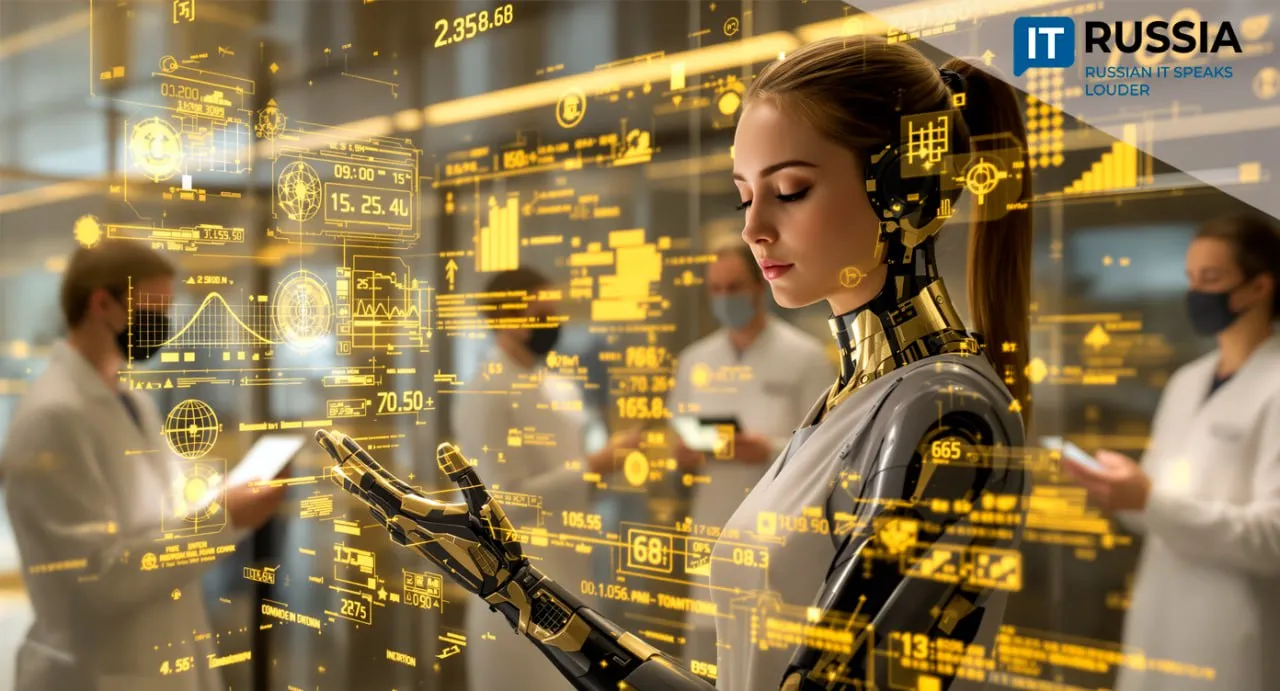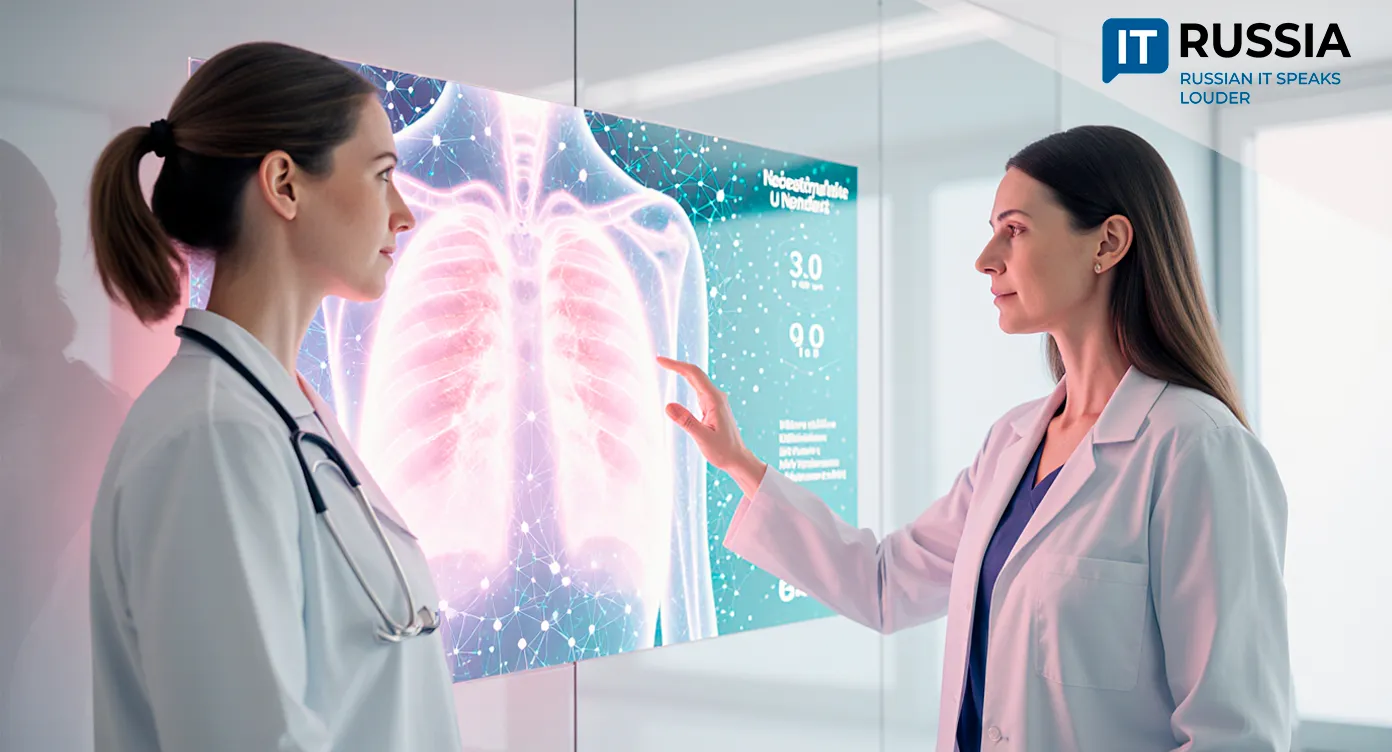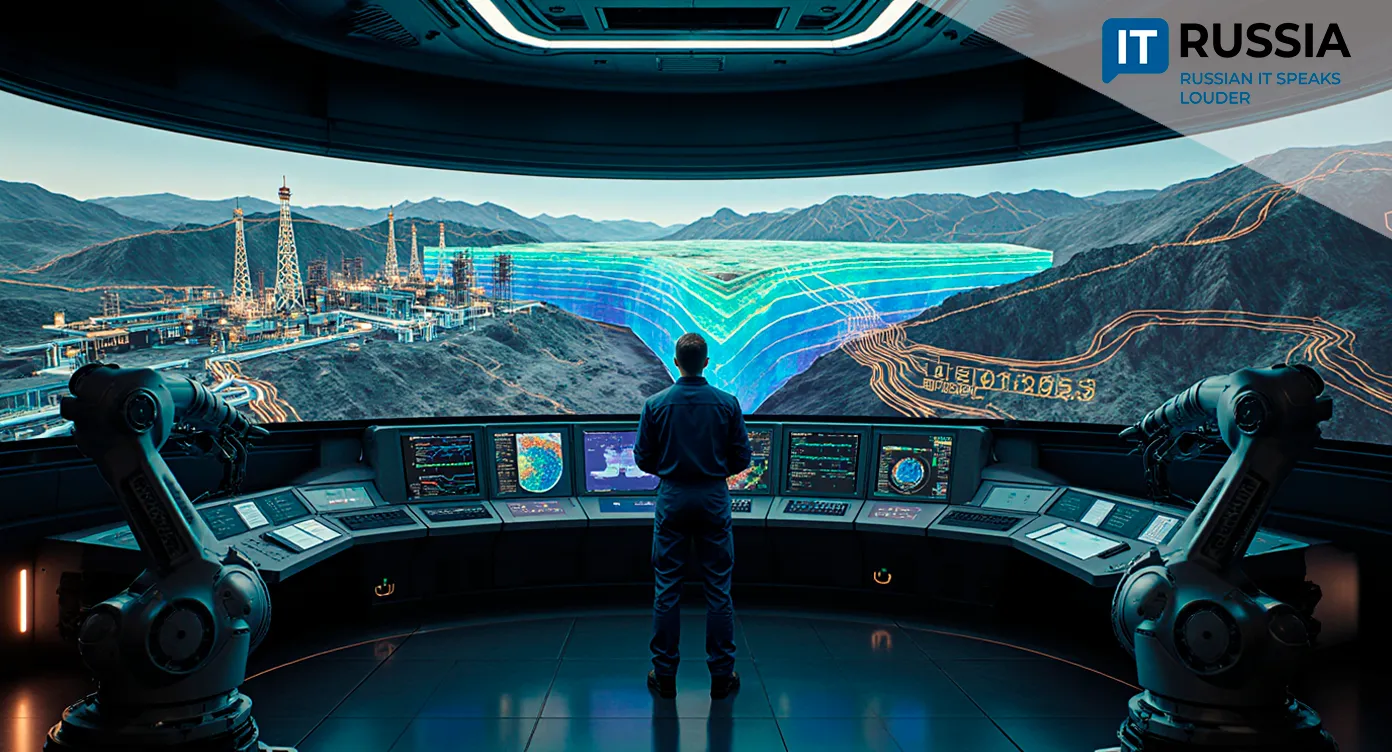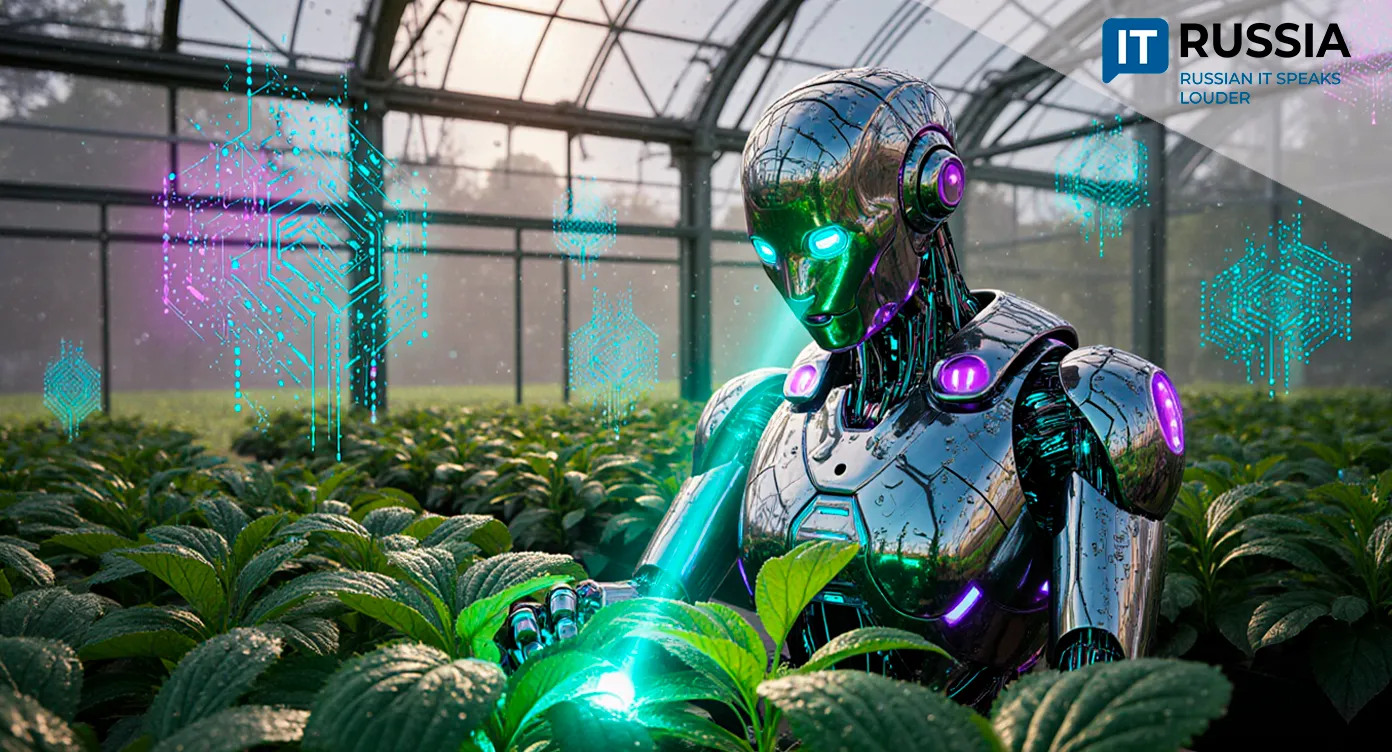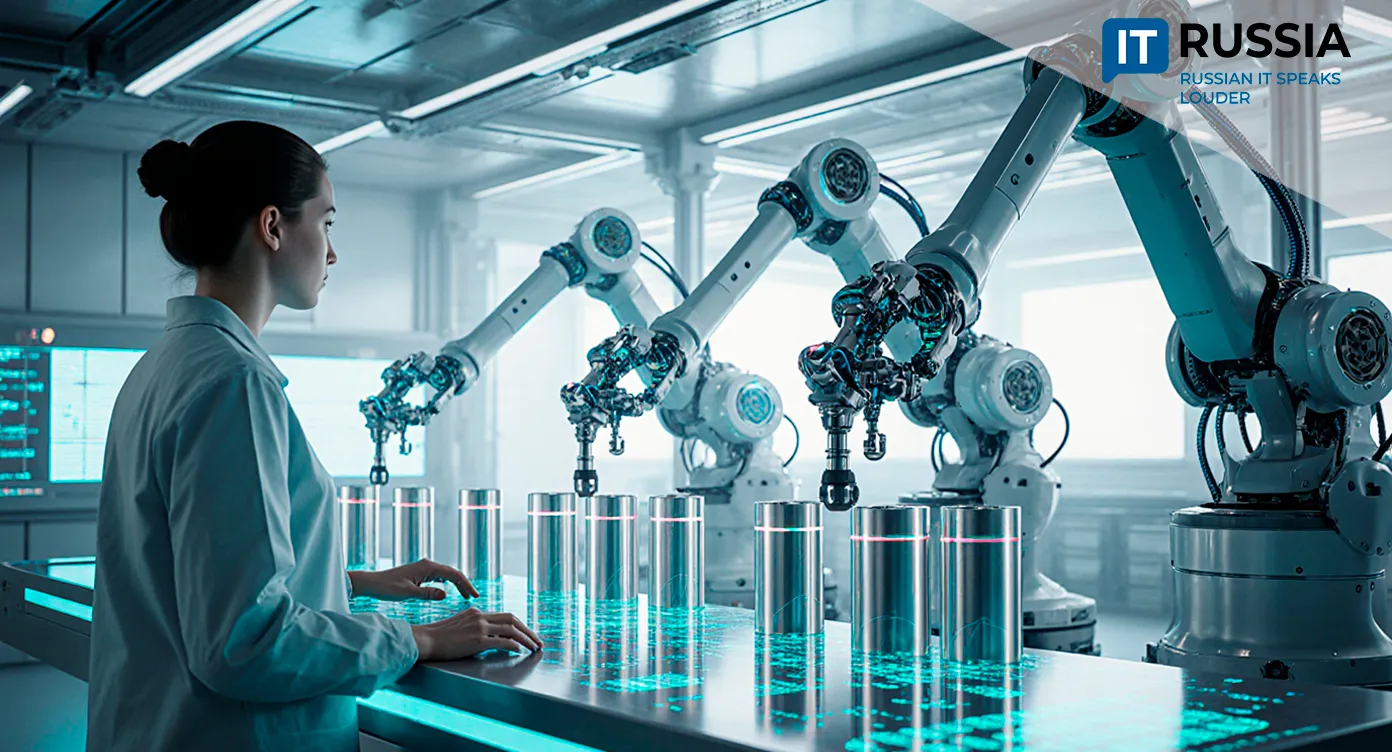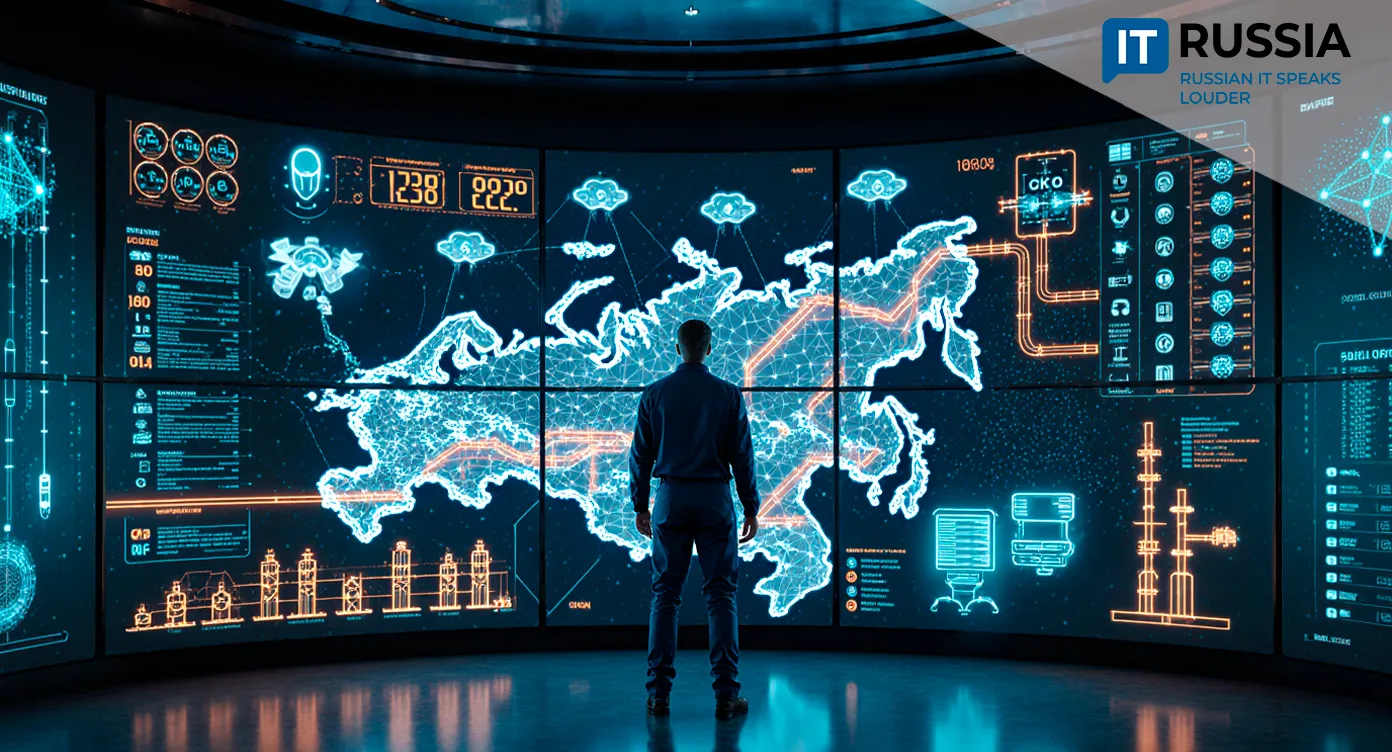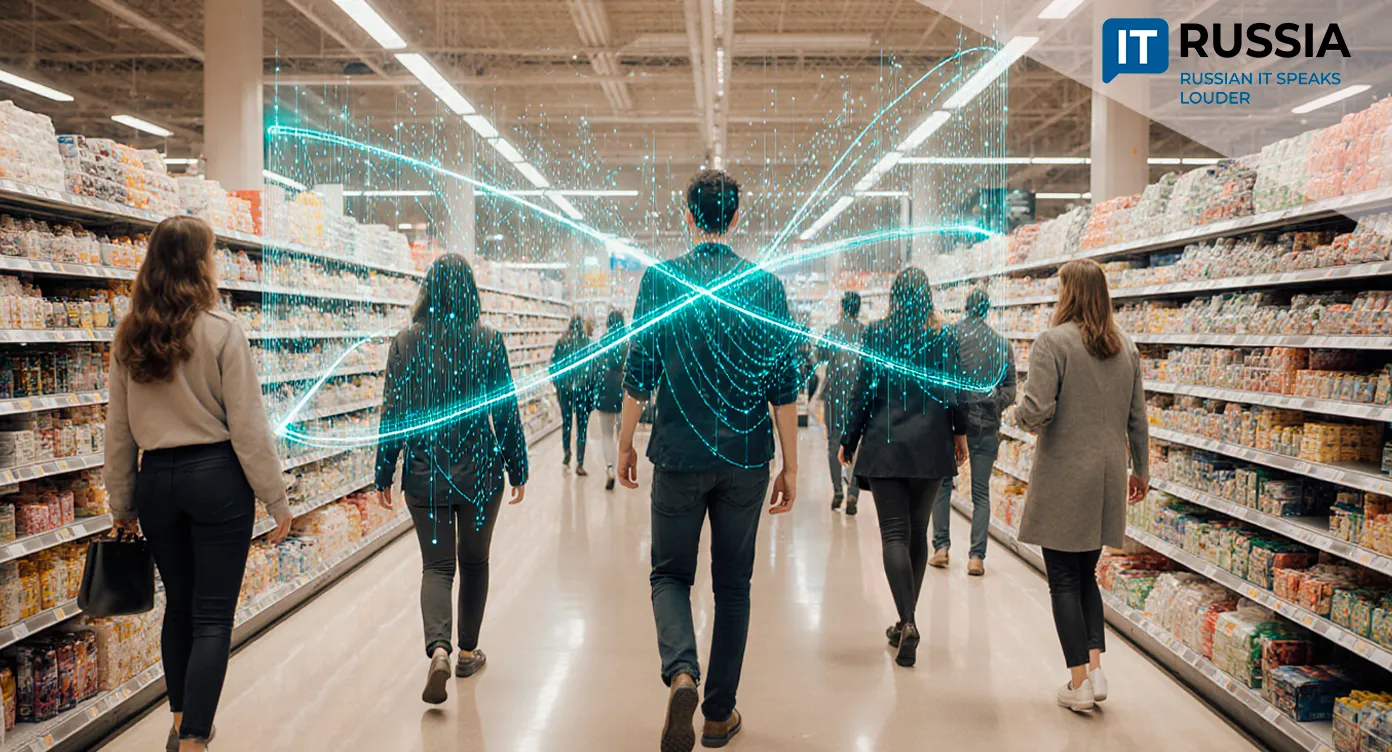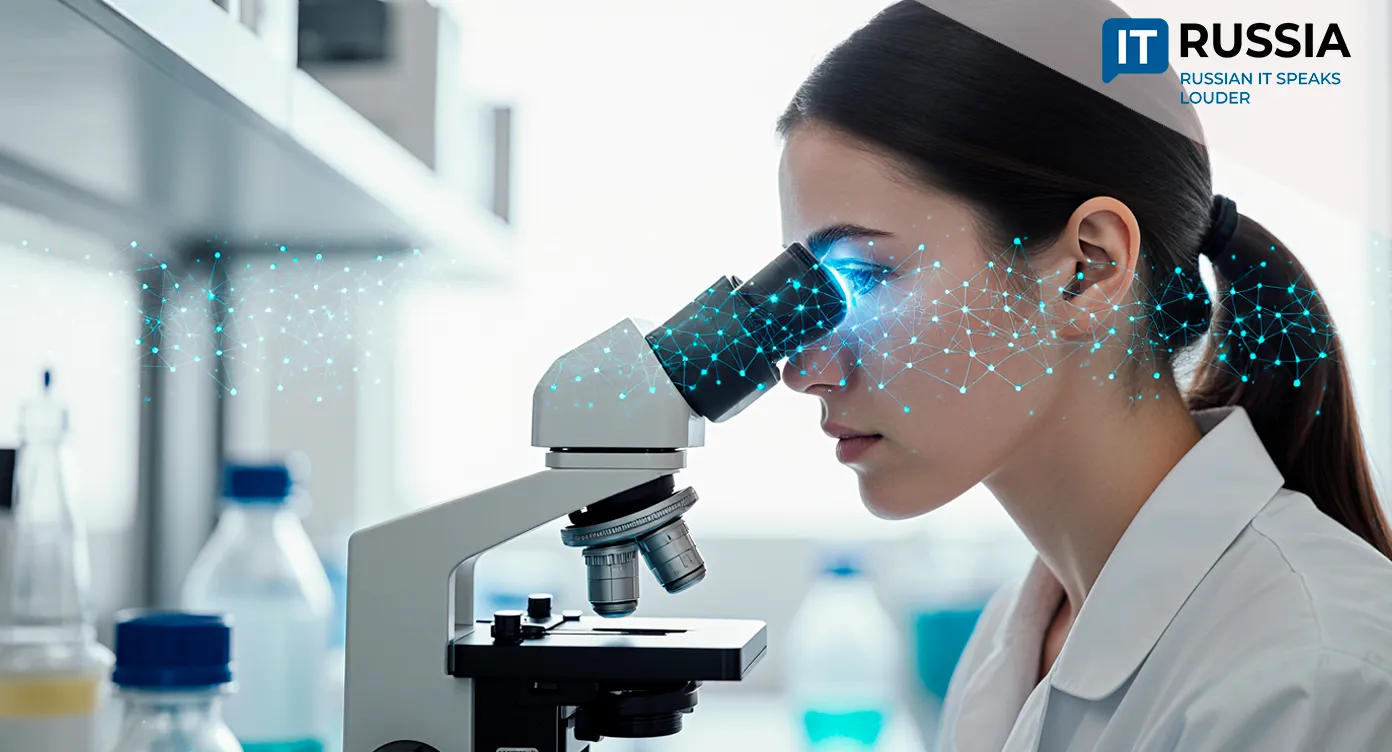Russian AI Platform Could Revolutionize Global Drug Discovery—One Atom at a Time
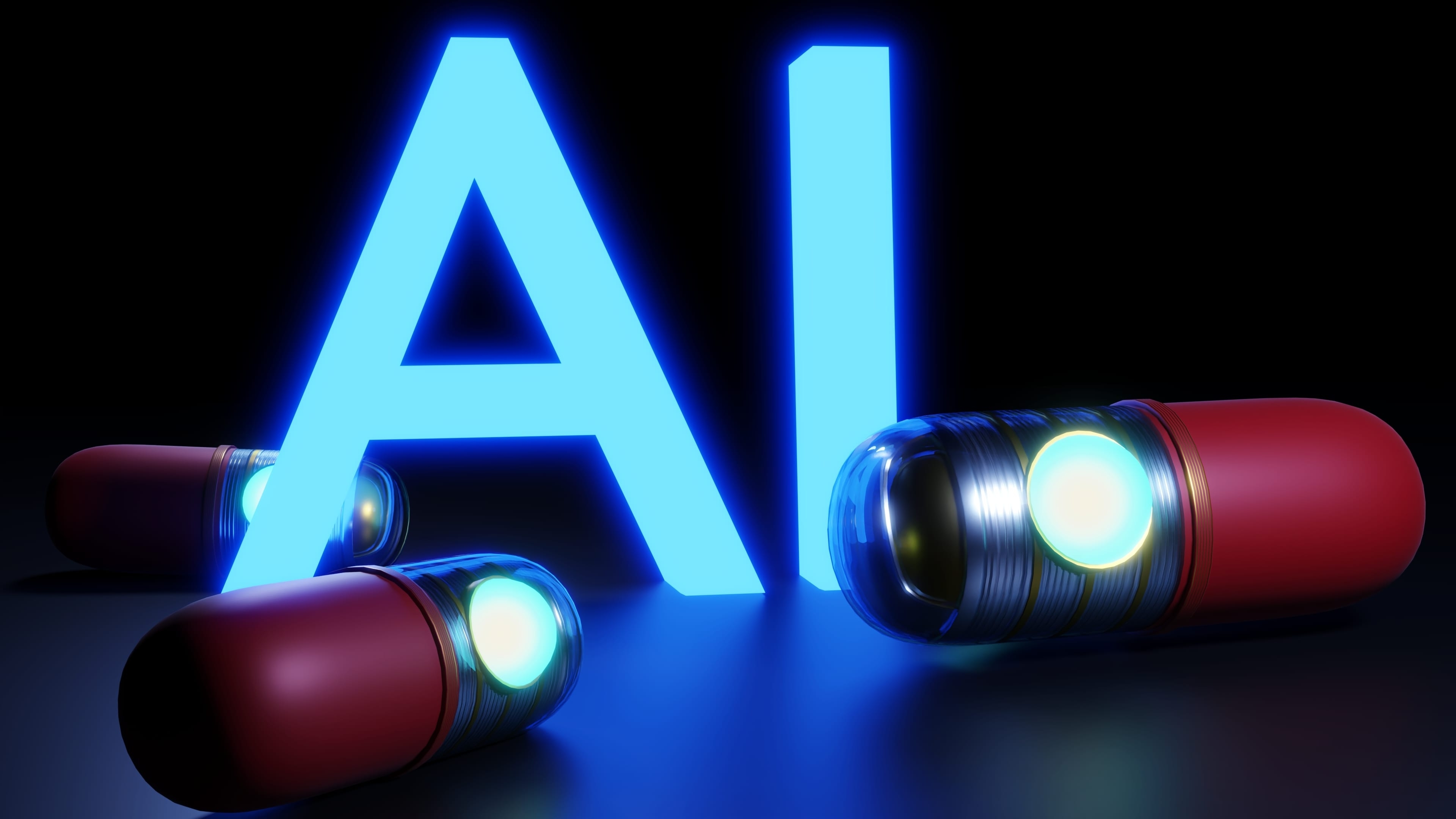
In a development poised to reshape the future of medicine, Russian scientists have unveiled an artificial intelligence platform capable of simulating molecular interactions with atomic-level precision. This breakthrough—already garnering international recognition—signals a transformative moment not just for Russia’s pharmaceutical industry, but for global biomedical science.
For decades, the development of new medications has been a time-consuming, resource-heavy endeavor. On average, it takes 10 to 15 years and over $2 billion to bring a single drug to market. One of the biggest hurdles? Accurately predicting how a drug molecule will behave inside the human body.
Russia’s newly developed AI system changes that. By combining deep learning, neural networks, and quantum-chemical simulations, the platform models how proteins and ligands interact—right down to individual atoms. This allows researchers to assess biological activity, toxicity, and compound stability in the early stages of development, dramatically reducing the risk of costly late-stage failures.
From Lab Bench to Global Impact
The platform has already caught the attention of international research consortia, including those in BRICS countries and Iran. Plans are underway to license the software abroad, train international specialists, and launch joint research projects targeting cancer, infectious diseases, rare genetic disorders, and chronic illnesses.
What’s more, Russia isn’t positioning this solely as a domestic solution. This AI model is also a diplomatic asset—a tool for scientific collaboration and a new kind of technological export.
“This isn’t just a research tool. It’s a strategic product,” say its creators. “We’re offering countries an alternative—independent, effective, and based on cutting-edge science.”
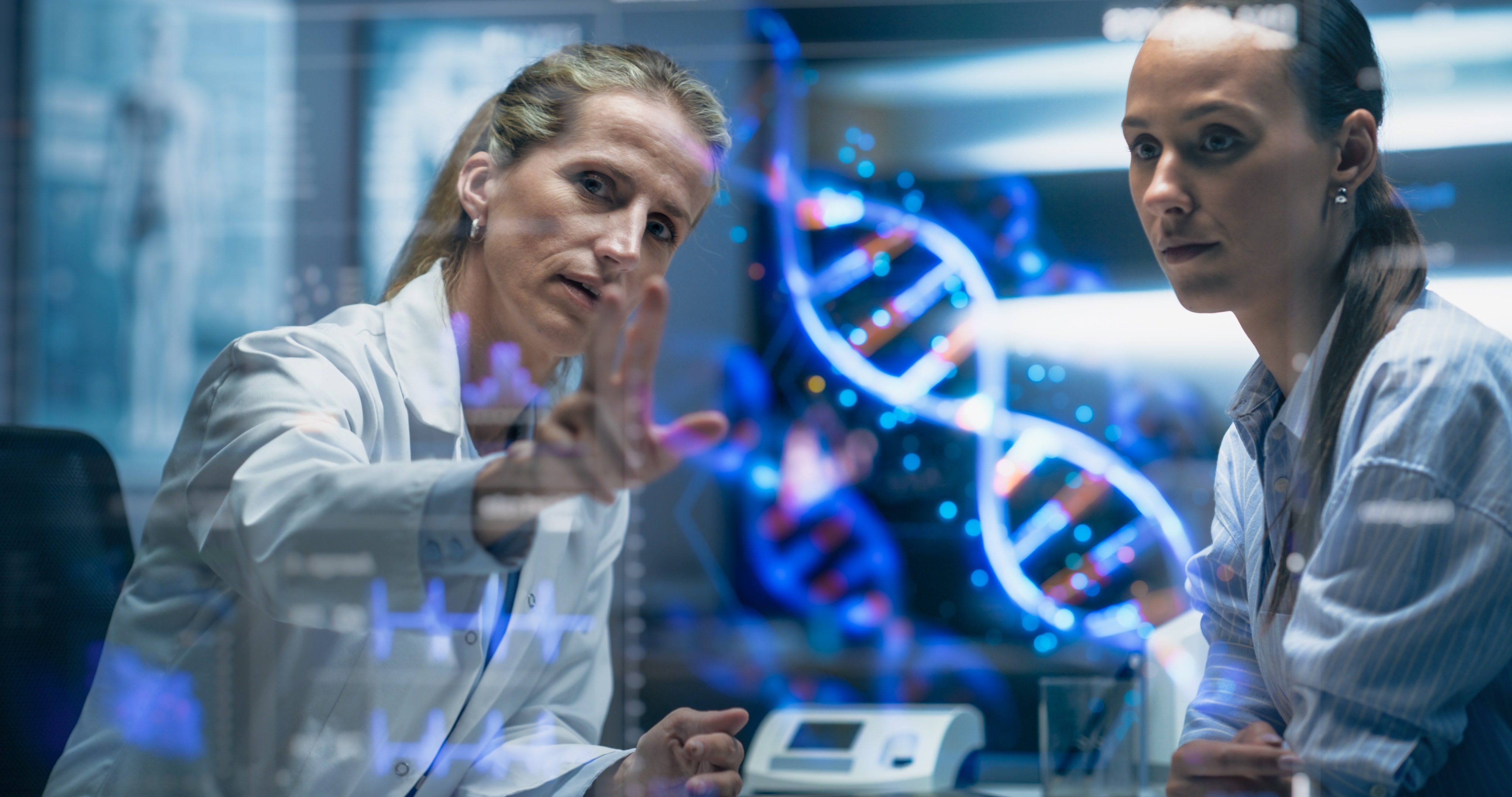
A Collaborative Ecosystem
Behind the platform is a tightly integrated ecosystem involving Russia’s top academic institutions: the Russian Academy of Sciences, Lomonosov Moscow State University, ITMO University, and others. These are joined by biotechnology startups focused on international certification and export readiness.
This synergy between public science and private enterprise is helping Russia rival innovation hubs in Europe, Asia, and North America. In an era when scientific breakthroughs are increasingly interdisciplinary, Russia’s longstanding strengths in mathematics, physics, and chemistry are proving commercially powerful once again.
AI and the New Infrastructure of Health
Beyond the scientific feat, this initiative underscores a broader national strategy: technological sovereignty. In the context of tightening international tech restrictions, Russia’s investment in self-developed AI tools for health and life sciences demonstrates a pivot away from Western dependencies.
It’s also a move toward participation in shaping global medical standards. By offering high-performance, independently developed tools, Russia is signaling its readiness to lead in areas long dominated by U.S., European, and Chinese firms.
The Future, Accelerated
The emergence of atomic-precision AI in drug development is part of a larger trend: the merging of data science with biology and medicine. Russia’s platform shows what’s possible when computation, research, and innovation ecosystems converge.
As researchers around the world face mounting pressure to develop treatments faster—and more affordably—this new Russian platform provides a glimpse into what the future of drug discovery could look like: faster, smarter, and far more accessible.
The bottom line? Tomorrow’s medical miracles are being built today—and Russia intends to help build them.


